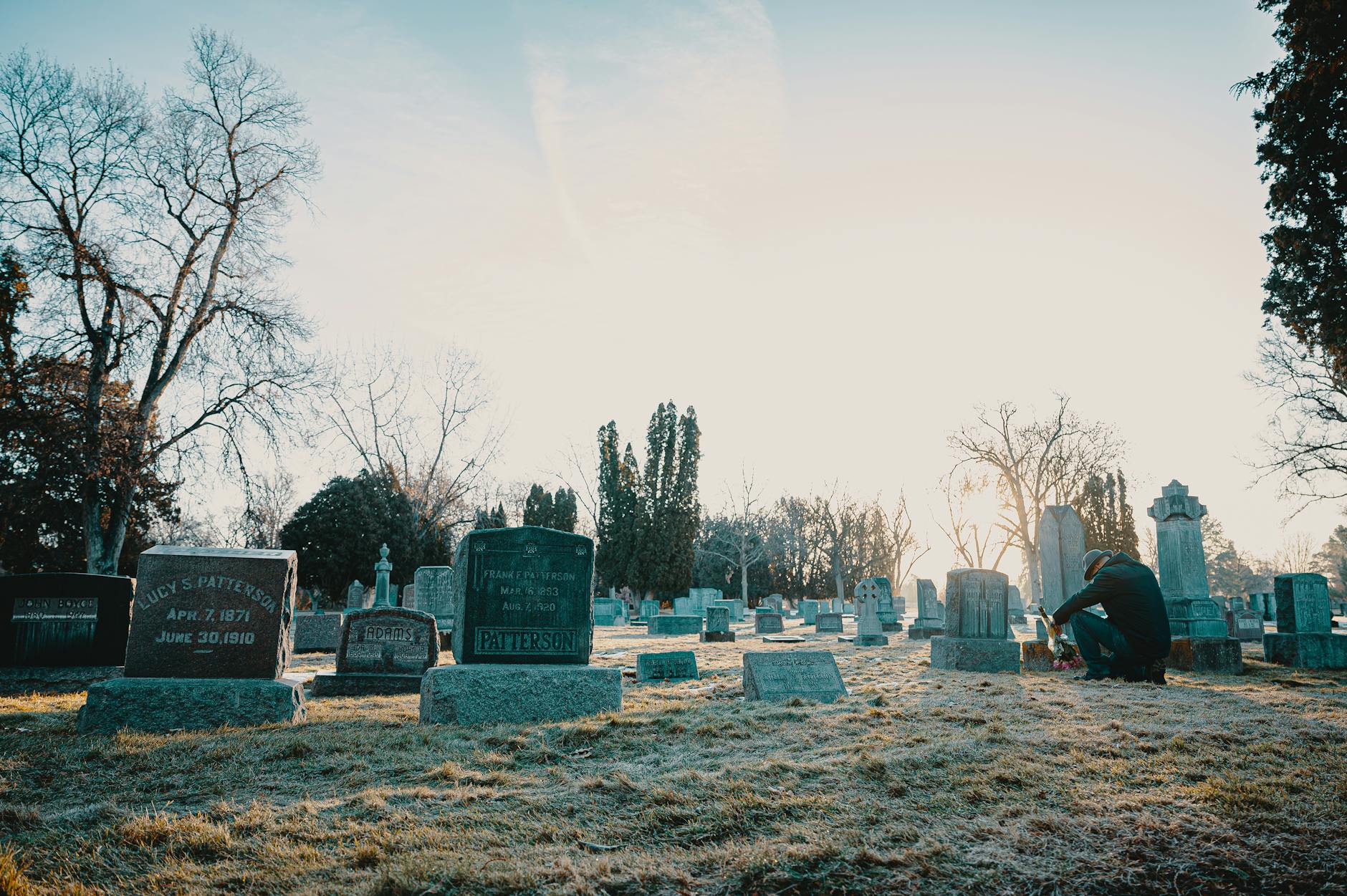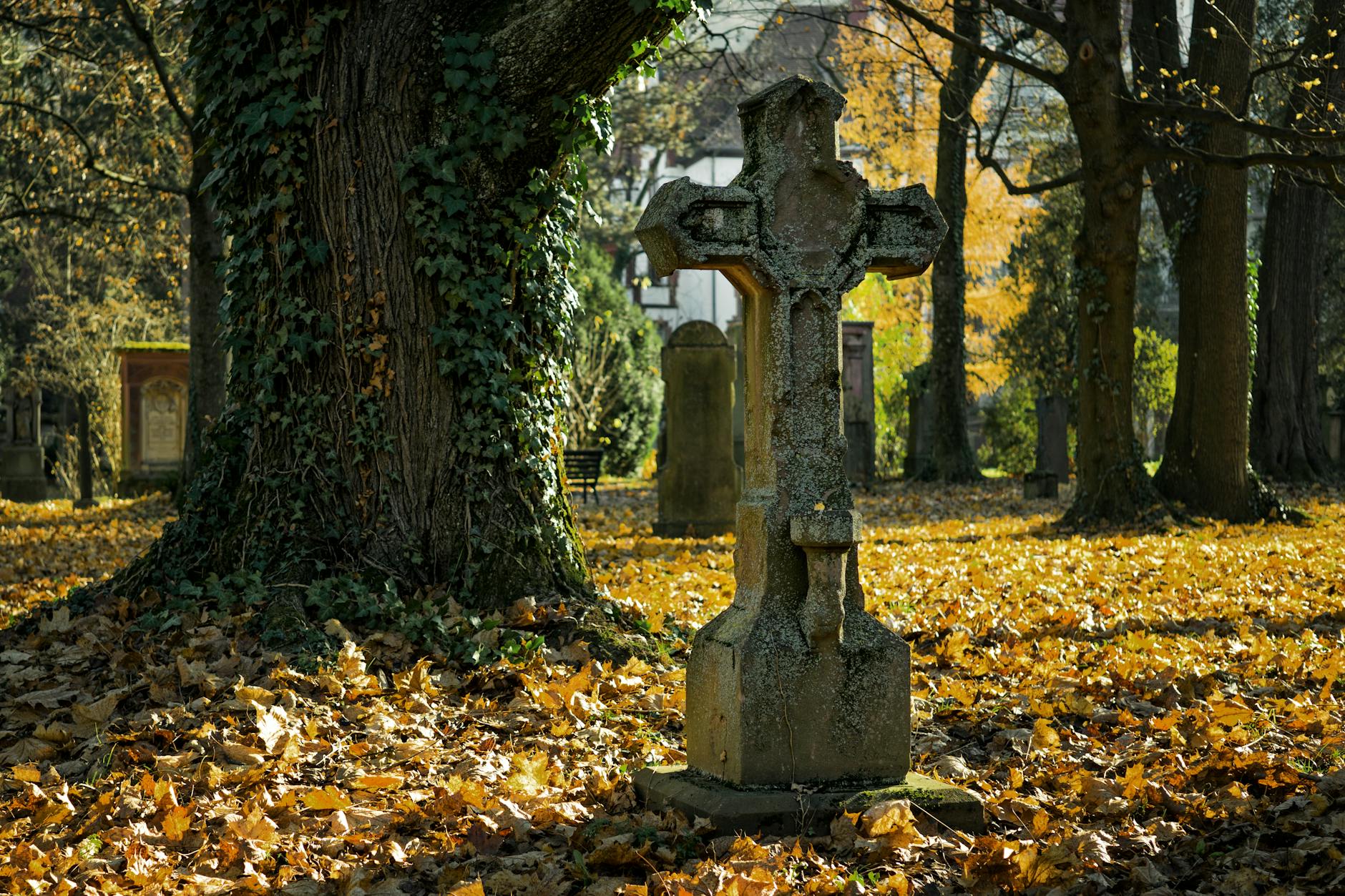Respectful Practices for Visiting a Grave: Etiquette and Customs

Visiting a grave is a meaningful act of remembrance that embodies respect and cultural traditions. Understanding the significance of this practice helps honor the memory of loved ones and reflects cultural or religious customs. Proper preparation and conduct at the grave site are essential to demonstrate reverence, while awareness of traditional customs varies across different faiths and cultures. Maintaining the grave’s cleanliness and following proper etiquette ensure that the site remains a respectful space for remembrance. Respectful practices for visiting a grave are integral to expressing heartfelt remembrance and preserving dignity.
- Understanding the Significance of Visiting Graves
- Preparing for the Visit with Respect
- Proper Conduct When at the Grave Site
- Traditional Customs and Cultural Variations
- Expressions of Respect and Remembrance
- Etiquette for Visiting Graves of Different Faiths
- Maintaining Grave Site Cleanliness and Respect
- Frequently Asked Questions
- What are some respectful behaviors to observe when visiting a grave?
- Are there specific customs or traditions to follow when paying respects at a grave?
- Is it appropriate to take photographs when visiting a grave?
- How should I behave if I encounter other visitors at the cemetery?
Understanding the Significance of Visiting Graves
Visiting a grave holds deep cultural, spiritual, and emotional significance. It serves as a meaningful act of remembrance and respect for those who have passed away. This practice allows mourners to pay homage, reflect on shared memories, and find tranquility through connection with their loved ones’ final resting place.
Traditionally, the Grave is regarded as a sacred space that symbolizes the cycle of life and death. It functions as a physical reminder of mortality, encouraging humility and gratitude. In many cultures, visiting a grave also provides an opportunity for collective mourning and community bonding, fostering a sense of continuity and remembrance across generations.
Moreover, understanding the significance of visiting graves helps uphold the traditions and customs associated with honoring the deceased. It underscores the importance of approaching such visits with reverence, mindfulness, and respect—values essential for maintaining the dignity of the Grave and the memory of those who rest there.

Preparing for the Visit with Respect
Preparing for a visit to the grave demonstrates genuine respect for the deceased and their loved ones. First, consider the cultural and religious customs associated with the particular grave. For example, some traditions may require specific prayers or rituals before approaching the site.
Essential steps for respectful preparation include:
- Scheduling the visit appropriately: Choose a time that aligns with traditional observances or is deemed suitable by family or community.
- Gathering appropriate items: Bring flowers, incense, or other offerings as customary, ensuring they are respectful and modest.
- Personal attire: Wear discreet, clean, and modest clothing to honor the solemnity of the occasion.
- Mental preparation: Reflect on the significance of the visit, approaching it with sincerity and mindfulness.
By taking these preparatory steps, visitors show respect and mindfulness, which uphold the dignity of the grave and comfort the grieving. Proper preparation not only honors tradition but also creates a meaningful experience that aligns with respectful practices for visiting a grave.
Proper Conduct When at the Grave Site
When visiting a grave, it is essential to observe respectful conduct that honors the memory of the deceased. First and foremost, maintain a quiet demeanor, as this fosters an atmosphere of reverence and reflection. Refrain from loud conversations, phone use, or disruptive behaviors that may disturb others paying their respects.
Visitors should approach the grave with humility—greeting the site with a moment of silence or a prayer. If flowers or offerings are part of your tradition, place them carefully without causing damage to the site. Remember that physical gestures such as bowing, kneeling, or touching the grave are common expressions of respect, but always do so gently.
Additionally, it is respectful to avoid unnecessary contact with the grave or the surroundings, as this can be seen as intrusive or careless. Keep personal belongings minimal to prevent clutter. Ultimately, maintaining a composed and considerate presence ensures that your visit honors the grave and the memory it represents.
Traditional Customs and Cultural Variations
Understanding the diverse customs associated with visiting a grave is essential to demonstrate genuine respect and cultural sensitivity. Different cultures adopt unique practices to honor the deceased, reflecting their beliefs and traditions.
For instance, in many East Asian countries, it is customary to clean the grave and offer food or incense during special days such as Qingming or Tomb Sweeping Day. Conversely, in Western cultures, visitors often bring flowers or leave personal mementos, emphasizing remembrance.
Some traditional customs include:
- Offering flowers, incense, or candles as symbols of reverence.
- Praying or reciting prayers aligned with religious practices.
- Maintaining a somber demeanor to honor the solemnity of the site.
- Cleaning the grave to demonstrate care and respect.
It is important for visitors to familiarize themselves with these customs beforehand—especially when engaging with graves of different faiths or cultural backgrounds. By observing and respecting these variations, visitors can ensure their actions are culturally appropriate and honor the departed meaningfully.

Expressions of Respect and Remembrance
Expressing respect and remembrance at a grave is a vital aspect of honoring loved ones or those we revere. It demonstrates compassion, reverence, and an understanding of the significance that the grave holds.
Effective ways to pay tribute include:
- Offering flowers or meaningful tokens: Placing fresh flowers or personal items can symbolize enduring love and remembrance.
- Personalized gestures: Reading a poem, sharing a quiet prayer, or lighting a candle can serve as heartfelt expressions of respect.
- Maintaining silence: A moment of quiet reflection allows for a genuine connection and shows solemn reverence.
- Leaving a written message: Many visitors leave notes or inscriptions that convey their feelings or memories.
Additional considerations:
- Respect cultural and religious customs that influence expressions of remembrance.
- Avoid disruptive behaviors such as loud conversations or inappropriate activities.
- Remember that each gesture, no matter how small, contributes to respecting the significance of the grave.
By thoughtfully engaging with the grave through these expressions, visitors honor the enduring memory and dignity of those who rest there.
Etiquette for Visiting Graves of Different Faiths
When visiting a grave of a different faith, it is essential to approach with sensitivity and respect for the traditions and customs observed. Each religious tradition has its own set of practices that reflect core beliefs about death and remembrance.
Key considerations include:
- Research beforehand: Understanding specific customs can prevent unintentional disrespect.
- Dress appropriately: Many faiths require modest or specific attire when visiting a grave.
- Follow customs during the visit: For example, some traditions may involve prayer, silence, or specific gestures like bowing or kneeling.
- Respect designated areas: Avoid entering sacred zones not intended for visitors.
- Offerings and symbols: Use symbols or offerings that are acceptable within the tradition, avoiding items that may be deemed inappropriate.
Overall, showing genuine respect, engaging in quiet observation, and honoring the grave according to the faith’s customs foster sincere remembrance. Recognizing and adhering to these differences demonstrates cultural sensitivity and respect for the departed and their beliefs.
Maintaining Grave Site Cleanliness and Respect
Ensuring the grave remains clean and well-maintained is a vital aspect of demonstrating respect. A tidy grave not only honors the memory of the deceased but also reflects the visitor’s consideration for the site and other visitors.
To uphold proper etiquette, visitors should:
- Remove litter and personal debris when viewed, leaving the area as pristine as possible.
- Refrain from disturbing flowers or other decorations unless they are wilted or damaged, then replace or tidy them respectfully.
- Clean the grave surface gently with a soft brush or cloth if necessary, avoiding any harsh chemicals that could cause damage.
- Attend to overgrown vegetation or weeds around the grave, either by trimming or reporting it to cemetery staff.
- Respect the site’s boundaries by not stepping over or onto the grave itself.
A well-maintained grave demonstrates ongoing respect and remembrance, emphasizing that the person laid to rest is honored beyond the moment of visit. Ultimately, it helps preserve the dignity of the grave and maintains the serenity of the surrounding space for all visitors.

Frequently Asked Questions
What are some respectful behaviors to observe when visiting a grave?
When visiting a grave, it is important to maintain a respectful demeanor. This includes speaking softly or remaining silent, refraining from loud noises, and ensuring your phone is on silent mode. It is customary to bring flowers or items of remembrance to honor the deceased, and to avoid any disruptive activities that could disturb the sanctity of the site.
Are there specific customs or traditions to follow when paying respects at a grave?
Yes, many cultures have specific customs for cemetery visits. Common practices include bowing or kneeling as a sign of respect, offering prayers or recitations, and leaving flowers or mementos at the site. It is also customary to avoid over-trying or disturbing the grave, as well as cleaning or altering the site unless explicitly invited to do so. Understanding and respecting local customs is essential.
Is it appropriate to take photographs when visiting a grave?
Photographing graves is a sensitive issue and should be approached with caution. If permission is granted by family or the site guidelines allow it, taking respectful photos from a distance can be appropriate. Always avoid taking selfies or photos that could be considered intrusive or disrespectful. When in doubt, it is best to ask for permission or refrain from taking photographs to honor the solemnity of the visit.
How should I behave if I encounter other visitors at the cemetery?
When meeting other visitors at a cemetery, it is important to maintain a respectful and considerate attitude. Keep voices low, avoid unnecessary noise, and be mindful of their space and emotional state. If engaging in conversation, speak softly and briefly. Show empathy and understanding, recognizing that everyone is there to pay respects to their loved ones.


